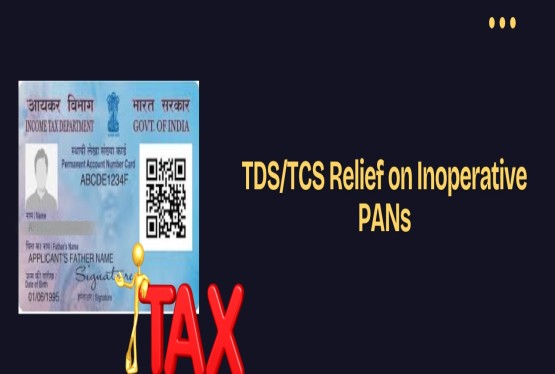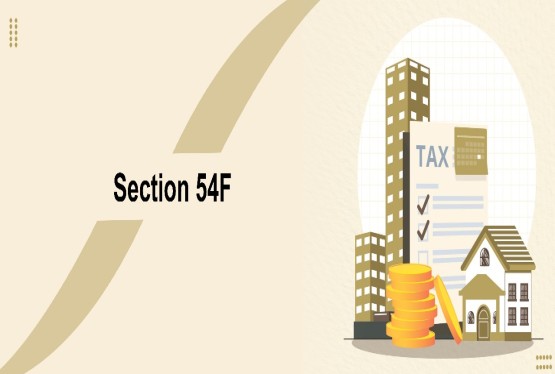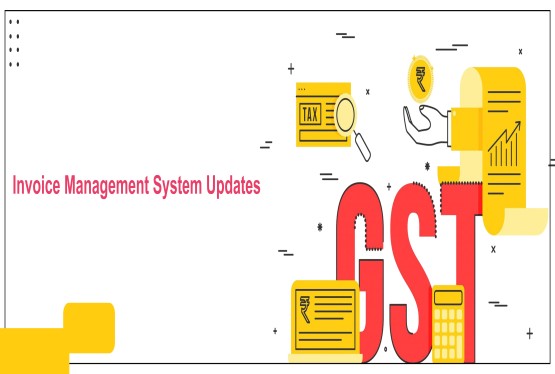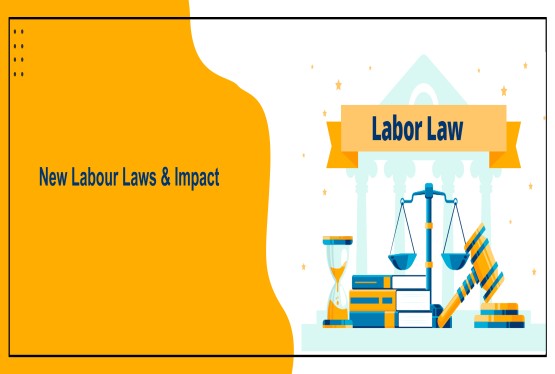The Goods and Services Tax (GST), introduced on 1st July 2017, marked a significant transformation in India's taxation framework. It aimed to unify the country under a single tax regime, designed to replace numerous central and state taxes. Before GST, the taxation landscape was fragmented, with each state and the central government imposing their respective Value Added Taxes (VAT) on the same transactions. This system led to overlapping tax structures, cascading effects, and restrictions on the free flow of goods due to entry taxes imposed by certain states.
Key Features of the GST System
GST introduced a harmonized tax framework, replacing multiple levies with a unified system that applies a common tax base and rates nationwide. The system has categorized goods and services into four primary tax slabs: 5%, 12%, 18%, and 28%. Additionally, special rates of 0.25% for precious stones and 3% for gold are applied, with several exemptions granted to essential items. By eliminating inter-state taxes and implementing a seamless credit mechanism, GST aims to minimize trade restrictions and enhance compliance through robust electronic reporting and cross-verification processes.
Issues in GST Implementation
1. Challenges in Tax Collection and Classificatio
(i) Complex Tax Rates: The GST system includes multiple tax rates (5%, 12%, 18%, and 28%), which complicates classification. For example, paper pamphlets are taxed at 5%, letterheads at 12%, files at 18%, and hardbound registers at 28%.
(ii) HSN Code Requirements: Businesses must use Harmonized System of Nomenclature (HSN) codes for goods and Service Accounting Codes (SAC) for services. The level of detail required depends on turnover:
-
Less than Rs. 1.5 crore: No HSN code needed.
-
Rs. 1.5-5 crore: Two-digit HSN codes required.
-
Above Rs. 5 crore: Four-digit HSN codes mandatory.
-
Imports/Exports: Eight-digit HSN codes required.
These requirements create difficulties, particularly for small businesses unfamiliar with such systems, leading some to err on the side of caution by applying higher tax rates to avoid audit disputes.
2. Preparing and Filing Tax Returns
-
Information Overload: Tax returns require extensive data, including transaction-level details, invoice matching, and classification of goods and services.
-
Cost of Compliance: Small and medium enterprises (SMEs) face increased costs for hiring accountants and using specialized software, with average monthly expenses of Rs.10,000–15,000 per SME.
-
Invoice Matching Issues: Mismatches in buyer and seller invoices lead to delays in filing and potential scrutiny by tax authorities.
3. Delays in Refunds
Exporters have been significantly impacted by delays in refunds. Under GST, businesses must pay tax on inputs upfront and claim refunds later, creating cash flow challenges. This marks a departure from the pre-GST regime, where exemptions were available for input taxes. Additionally, delays in issuing formats for Letters of Undertaking (LUT) and bonds have exacerbated the problem.
4. Systemic and Transitional Challenges
-
Technological Issues: Businesses report difficulties uploading returns on the GSTN portal due to system inefficiencies.
-
Economic Impact: Informal businesses, previously benefiting from tax evasion, now face higher costs due to compliance requirements and blocked working capital, potentially leading to closures and ripple effects down the value chain.
-
E-Way Bill Challenges: The introduction of e-way bills requiring electronic documentation for goods transportation adds another layer of complexity for transporters and businesses.
Government Responses and Proposed Solutions
1. Addressing Systemic Issues
-
Committees have been formed to address GSTN system issues and exporter challenges, including a group led by the Deputy Chief Minister of Bihar.
-
Deadlines for filing returns have been extended to compensate for technological and preparatory delays.
2. Simplifying Compliance Requirements
-
Quarterly Filing: The government is considering quarterly return filing for small businesses to ease compliance burdens.
-
Taxpayer Assistance: Initiatives like the Tax Return Preparer Scheme for Income Tax could be adapted to GST to support SMEs.
3. Streamlining Refunds
-
Refunds could be issued automatically for compliant businesses using a risk-based approach.
-
A suspension mechanism for VAT on exporter inputs could reduce cash flow issues, allowing taxes to be paid only upon sale.
4. Postponing E-Way Bill Implementation
The e-way bill requirement has been deferred to allow businesses to adapt to the GST system. This measure will help prevent disruptions in transportation and trade.
5. Long-Term Structural Reforms
-
Single Tax Rate: Moving to a single tax rate could resolve classification and refund complexities.
-
Enhanced Taxpayer Education: More resources are being allocated to educate businesses, but additional support, such as subsidized training for accountants, is needed.
Performance and Compliance Under GST
Initial revenue collection under GST has been promising, though a shortfall in return filings was observed due to transition challenges. The system’s performance in the long term is expected to stabilize as businesses adapt.
Concerns with the E-Way Bill System
The e-way bill mechanism, requiring electronic documentation for the transport of goods, was slated to begin in October 2017. While aimed at improving transparency, it may increase the compliance burden for businesses and transporters during the initial phase of implementation.
Political Considerations in GST Rollout
The government faced time constraints for GST implementation, driven by the need to launch the system before political campaigning intensified in late 2018. This urgency may have contributed to a rushed implementation process, with the hope that initial hurdles would be resolved, showcasing GST’s economic benefits before the elections.
Recommendations for Improvement
-
Extend filing timelines, allowing quarterly submissions.
-
Provide taxpayer assistance through schemes like the Tax Return Preparer initiative.
-
Introduce a suspension system for small exporters.
-
Implement automated refunds for specific exporter categories using risk-based evaluation.
-
Simplify the tax structure by reducing the number of rates.
-
Delay the e-way bill rollout until operational stability is achieved.
-
Enhance clarity on dual administration by central and state authorities.
GST Registration
As of the initial rollout of GST, approximately 5.85 million dealers had done GST Registration out of an estimated 7.23 million expected to transition from the previous VAT, CENVAT, and Service Tax frameworks. By August, the number of registrants increased to 6.82 million, including 1.9 million new registrants. This indicates a migration rate of about 70% from the pre-existing systems to GST.
While some sources suggest that 8.5 million businesses had registered comprising 6.3 million transitioning from earlier regimes and 2.3 million new registrants this discrepancy highlights the complexity of migration. The transition also led to a cleanup of the tax base, removing non-operational businesses and those falling below the new registration thresholds of Rs. 2 million for regular states and Rs. 1 million for special category states.
The inclusion of new registrants reflects both the formalization of previously unregistered businesses and new entrants into the GST framework. This shift provides an opportunity for authorities at both state and central levels to assess businesses that have dropped out without formal deregistration. Such actions can ensure compliance and facilitate tax recovery from businesses that exited without adhering to legal procedures.
GST Return Filing Data
In July, 5.96 million registrants were required to submit their GST returns (GSTR-3B, applicable for the months from July to December 2017), of which 4.4 million complied, reflecting a filing rate of 74%. However, in August, out of 6.8 million required returns, only 3.76 million were filed, resulting in a significantly lower compliance rate of 55%.
This decline in GST Return Filing raises concerns about compliance. It is essential to investigate the reasons behind the shortfall and address barriers preventing businesses from fulfilling their filing obligations. This could involve analyzing technical challenges, resource constraints, or gaps in understanding the filing process to ensure higher compliance rates in the future.
Conclusion
As a reform, GST has brought both opportunities and challenges. While it has made some goods and services more affordable, others have seen increased costs. Certain industries have benefited, while others have faced short-term disruptions. However, these challenges are expected to be temporary, with the long-term benefits outweighing the initial difficulties. With continued public support and ongoing efforts by authorities to refine the system, GST is poised to realize its full potential as a transformative force for India’s economy.
FAQs
Q1. What are the challenges associated with GST implementation?
Ans. The Goods and Services Tax (GST) in India presents challenges due to its intricate structure, featuring multiple tax slabs. This complexity increases the compliance burden, particularly for small and medium-sized businesses, making it difficult for them to understand and adhere to the regulations.
Q2. What are the advantages and disadvantages of GST for various stakeholders?
Ans. Advantages: GST simplifies the tax framework by removing cascading taxes and creating a unified market. It encourages transparency, reduces tax evasion, and fosters economic growth.
Disadvantages: Challenges include high initial compliance costs, adaptation issues during the transition phase, and inflationary pressures in some sectors.
Q3. When was GST implemented in India, and what was its purpose?
Ans. GST was implemented in India on 1st July 2017, marking a major tax reform. Its primary goal was to unify the fragmented indirect tax structure by subsuming central and state taxes into a single taxation system, simplifying the process and promoting efficiency.
Q4. Which countries do not have a GST?
Ans. Countries like the United States, Malaysia, and Puerto Rico do not have a Goods and Services Tax (GST). Instead, they rely on a sales tax system. In Malaysia, this is referred to as the Sales Tax and Service Tax (SST); in Puerto Rico, it is the Sales and Use Tax (SUT); and in the United States, it is simply called Sales Tax.
Q5. How has GST impacted retailers?
Ans. GST has streamlined the taxation process for retailers by replacing multiple indirect taxes with a unified tax structure. This has resulted in lower cumulative tax liabilities for retailers, leading to improved cost-efficiency.
Q6. Who introduced GST in India?
Ans. Arun Jaitley introduced the GST Bill in the Lok Sabha in February 2015. GST was officially implemented on 1st July 2017 following the 101st Constitutional Amendment Act, 2016, and it represented a significant overhaul of India’s indirect taxation system.








_crop10_thumb.jpg)

















































































_for_FY_2025-26_crop10_thumb.jpg)












_learn_crop10_thumb.jpg)








_Filing_Due_Dates_for_FY_2024-25_learn_crop10_thumb.jpeg)







































_of_GST_Act_learn_crop10_thumb.jpg)










_Under_GST_learn_crop10_thumb.jpg)









_crop10_thumb.jpg)


_crop10_thumb.jpg)






_learn_crop10_thumb.jpg)






















_of_the_Income_Tax_Act_learn_crop10_thumb.jpg)



_learn_crop10_thumb.jpg)






_learn_crop10_thumb.jpg)






_crop10_thumb.jpg)




















_in_The_Income_Tax_Act,_1961_learn_crop10_thumb.jpg)



_learn_crop10_thumb.jpg)



_of_the_Income_Tax_Act_learn_crop10_thumb.jpg)

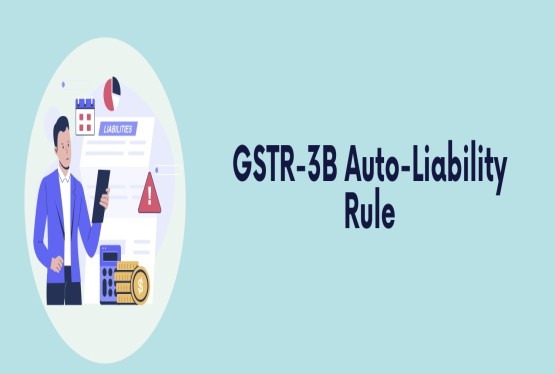
_Of_Income_Tax_Act_learn_crop10_thumb.jpg)








_learn_crop10_thumb.jpg)








_learn_crop10_thumb.jpg)
_crop10_thumb.jpg)






















_learn_crop10_thumb.jpg)
_for_Import_and_Export_learn_crop10_thumb.jpg)











